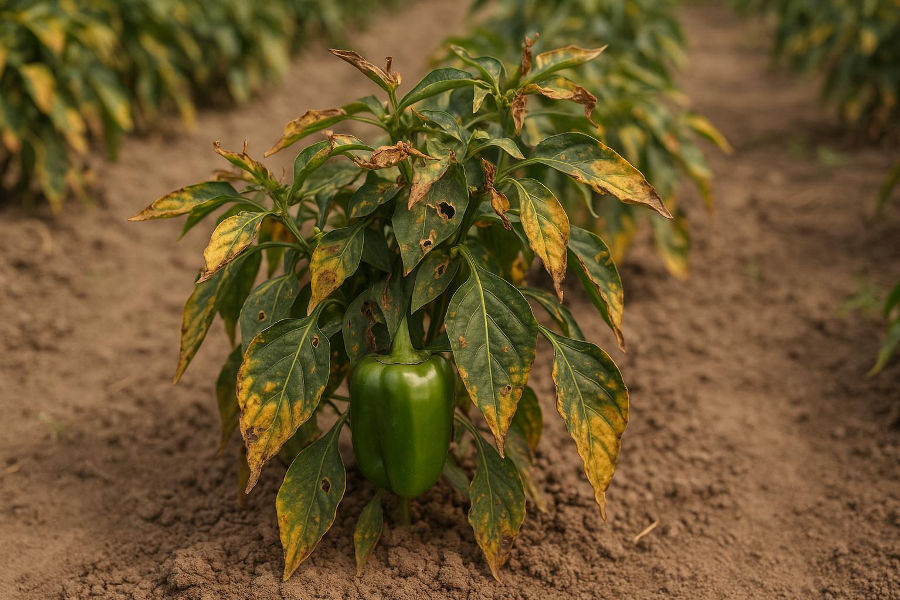Nitrogen Burn in Plants: Causes, Symptoms, and Prevention
What is Nitrogen Burn?
Nitrogen burn is a common problem in plants caused by excessive nitrogen, often due to over-fertilization. This nutrient overload damages the plant's leaves, roots, and overall health, leading to poor growth and even plant death if not managed properly.
Causes of Nitrogen Burn :
-
Over-Fertilization
Overusing nitrogen-rich fertilizers, such as urea, can easily overwhelm plants, causing toxic build-up that harms them. -
Wrong Timing
Applying fertilizers during dry, hot weather can make plants more vulnerable to nitrogen toxicity. Fertilizer absorbs better under ideal conditions, so timing matters! -
Poor Drainage
Soils with poor drainage trap fertilizer salts, leading to a concentration of nitrogen around the roots, which causes burning. -
Fresh Manure
Using fresh, uncomposted manure can release too much nitrogen too quickly, shocking the plants and burning them.
Symptoms of Nitrogen Burn
-
Yellow or Brown Leaf Tips
One of the first signs of nitrogen burn is the yellowing or browning of leaf tips, a visible indicator of over-fertilization. -
Leaf Curling and Drying
Even if you water regularly, leaves may curl up and become dry due to excessive nitrogen in the soil. -
Stunted Growth
Despite seemingly adequate care, new growth may slow down or stop altogether, indicating nutrient imbalance. -
White Salt Crust on Soil
A noticeable white crust may appear on the surface of the soil, a clear sign of excess fertilizer salts building up.
How to Prevent Nitrogen Burn
-
Soil Testing
Before fertilizing, test the soil to understand its specific nutrient needs and avoid over-applying nitrogen. -
Follow Fertilizer Guidelines
Always adhere to recommended fertilizer amounts based on the specific crop's needs. Too much nitrogen can be harmful. -
Water After Fertilizing
Watering plants thoroughly after applying fertilizer helps disperse nutrients and prevents them from concentrating near the roots. -
Use Aged Manure
Always opt for composted manure rather than fresh manure to release nitrogen at a steady, controlled rate. -
Apply in Smaller Doses
Fertilize plants in smaller, spaced-out doses to give them time to absorb nutrients without risk of overloading.
What to Do if Nitrogen Burn Occurs
-
Stop Fertilizing
Immediately cease all fertilizer applications to prevent further harm to your plants. -
Water to Leach Nitrogen
Deeply water the soil to flush out the excess nitrogen and help reduce its concentration in the root zone. -
Trim Damaged Leaves
Remove burnt leaves and stems to help the plant recover and redirect energy to healthier parts of the plant.
